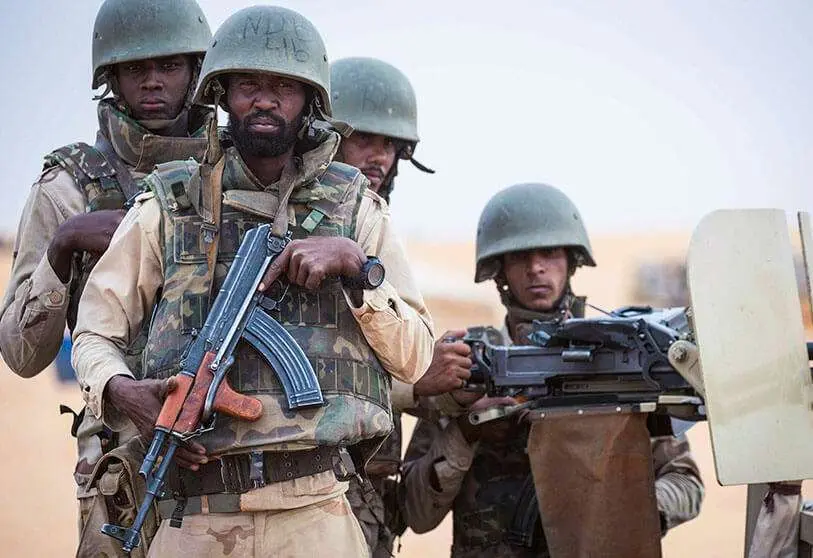Sahel: the great concern

The Sahel, the vast territory linking the Atlantic Ocean and the Red Sea, has long been one of Europe's major geostrategic concerns. But as the months and years go by, the danger increases, and the problem seen from Europe is left behind. The Sahel is a region abandoned to its prospects of desolation and violence with no one caring about its seventy-five million inhabitants living in chaos and, mostly, also in misery.
The twelve African countries that share its sovereignty suffer from the weakness of their economies combined with frequent internal conflicts that make them incapable of attending to the Sahelian inhabitants that include their borders, which are in some cases poorly defined. Basic official services do not reach a large part of the villages. Access is not easy and the heat is unbearable. Perhaps the worst thing is insecurity.
The traditional bands of outlaws galloping from village to village on horseback to capture loot are joined by jihadi terrorists who are proliferating more and more. They exist in almost all the territory. Some, perhaps the most numerous, belong to Daesh and others to Al Qaeda. But there are others less known, united by the same fanaticism that assault villages and impose authority.
The most affected countries are Nigeria and Chad, where Boko Haram dominates; Burkina Faso, where the latest massacres have taken place; and especially Mali, which maintains a precarious independence thanks to French military aid and support from other countries such as Spain, which assumes air transport of troops and material. The jihadist pressure on capital Bamako is constant and already on the verge of falling into their hands. Germany has just announced it will send 450 more military personnel.
The problems accumulating in the Sahel begin with poverty. Five of the countries that have a part in the territory of the Sahel are among the poorest in the world. Climate change has aggravated the fragile household economy: water is scarce even for domestic consumption. Some have to fetch it from many kilometres away. Unless there is rain and heat, crops will fail and animals will die. This situation leads to frequent armed clashes between tribes.
Foreign aid seems large, but divided among so many countries and such a large territory it hardly covers small needs. A good part of the population is nomadic and moves continuously in search for better living conditions. These movements, sometimes changing countries across uncontrollable borders, make it difficult to take a census.
Meanwhile, the population is increasing like nowhere else on the planet. Each woman has an average of more than seven children. The twelve Sahelian countries are out of resources to promote the necessary development, with a few exceptions such as Algeria and its gas. Foreign investment shows no interest whatsoever and even more so in the increasingly insecure situation prevailing. Well-armed terrorists with Libyan arsenals have found a safe haven there and have the most favourable environment for recruiting followers.
The Sahel is currently the most complicated area and the one of greatest political and social concern in Europe. For countries such as Spain - and specifically the Canary Islands - and Italy, it is a danger that only a few strategists consider. A danger that begins with the avalanches of uncontrolled emigration and ends with the risks of the proximity of terrorist organisations that have Europe among their objectives.

